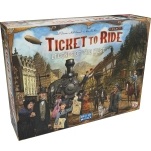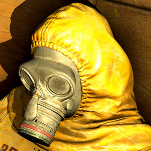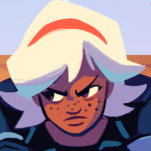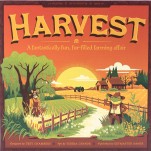Live A Live Is The Beating Heart of RPGs
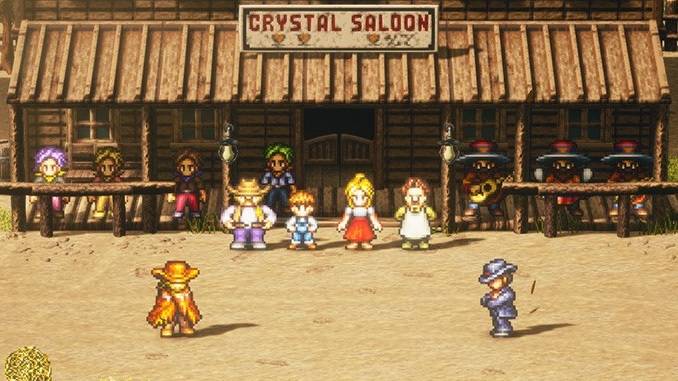
Let’s get this out of the way: Live A Live is one of the best videogames ever made.
This is somewhat of a loaded and—more importantly—annoying statement. It’s the kind of lofty praise that gets applied to either beloved canon classics, such as the game’s direct successor Chrono Trigger, or rarities rendered inaccessible to a wide audience and spoken of as life changing by the chosen few that cross whatever technological or distributary boundaries to play it, such as this game’s nearest neighbor in culture, Mother 3. In either case, it imbues the game with an unfair burden, elevating it to mythical status, setting it up for failure when it’s ultimately just another videogame.
Live A Live is just a videogame. You can now buy it on your Nintendo Switch for $50. There is nothing about the game graphically or mechanically that will instantly thrill you in ways nothing ever has before. Yet this is not a weakness, it is core to Live A Live’s strengths. Instead of systemic complexity, Live A Live is laser focused on the potential of the RPG as an aesthetic experience, creating a joyful celebration of the genre and all its influences.
Core to this is the game’s anthologic structure, with disconnected chapters set across various time periods, each with their own distinct protagonist, genre and gameplay. One chapter is an RPG story told entirely without words, bringing out the best in the beautiful pantomime sprite animation that defined the genre until it leapt into 3D. Another chapter is just Street Fighter, complete with character select screen and win quotes. And yet another takes place in the Wild West, a distillation of the appeal of cowboy movies that uses the threat of an outlaw raid to turn the “searching through every house for random junk” part of RPGs into a genuinely thrilling cinematic climax.
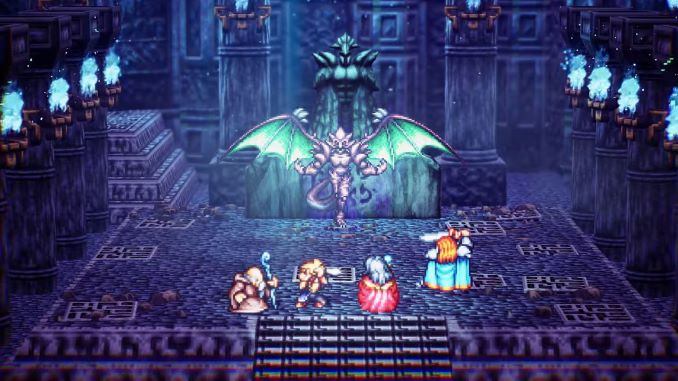
This focus on genre pastiche over intricate worldbuilding makes Live A Live stand out from its peers arguably even more today than it did in the ‘90s. In a genre often criticized for storytelling that is simultaneously convoluted and generic, Live A Live embraces its simplicity and focuses all its efforts on the immediate emotional reaction of the characters, the events, and the sound. It doesn’t matter who Masaru is beyond being a fighting game protagonist who wants to be the best, when the boss declares he’s broken the warrior’s code and killed his opponents in pursuit of power and then “Megalomania” kicks in on the soundtrack it’s still the coolest thing that’s ever happened.
-

-

-

-

-

-

-

-

-

-

-

-

-

-

-

-

-

-

-

-

-

-

-

-

-

-

-

-

-

-

-

-

-

-

-

-

-

-

-

-



































